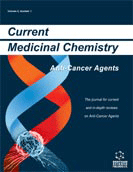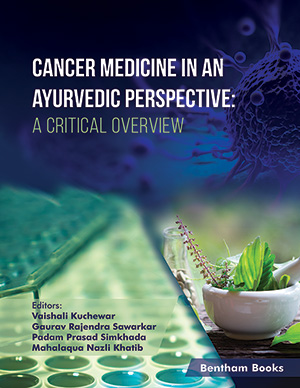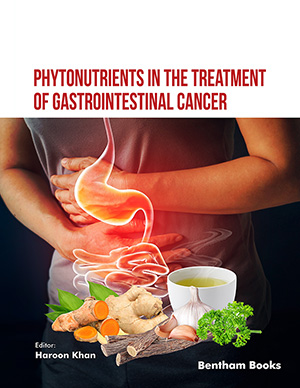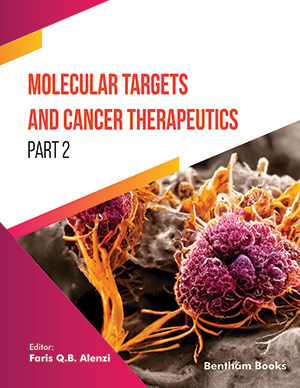Abstract
Thymidine phosphorylase (TP) is markedly upregulated in many solid tumors such as colorectal, breast and kidney cancers. Because TP is identical to platelet-derived endothelial cell growth factor, this enzyme is believed to have angiogenic properties, although the precise mechanisms through which it promotes neoangiogenesis are still not fully elucidated. TP is involved as well in the tumoral activation of widely prescribed pyrimidine-derived antimetabolites such as 5-FU, 5-dFUR and newly marketed capecitabine, and, in this respect, has been presented as a determinant to fluoropyrimidine efficacy in various in vitro and in vivo models. This dual and apparently contradictory role that TP plays yields inconsistent results in the study of relationships between this enzyme expression and clinical outcome in patients treated with fluoropyrimidine analogs. Some studies have shown that high tumoral TP expression was associated indeed with poor clinical response and tumor aggressiveness. Conversely, other reports demonstrated that tumoral TP could be considered as a good response factor in patients exposed to fluoropyrimidine drugs. TP exhibits then its more favorable profile, probably in converting 5-FU to active metabolites responsible for its efficacy as antitumor agent. As a result, TP-targeting as a rationale for anticancer therapy remains unclear. TP inhibitors are being synthesized as an attempt to fight neoangiogenesis, whereas promising new strategies such as taxotere / capecitabine or radiotherapy / fluoropyrimidines associations aim at nothing but boosting TP activity to optimize drug activation in tumors. Such a discrepancy illustrates the complexity of understanding and predicting the exact role of TP in the clinical outcome of patients exposed to fluoropyrimidines, a group of major drugs extensively used in oncology.
Keywords: fluoropyrimidines, thymidine, phosphorylase, neoangiogenesis
 2
2

















